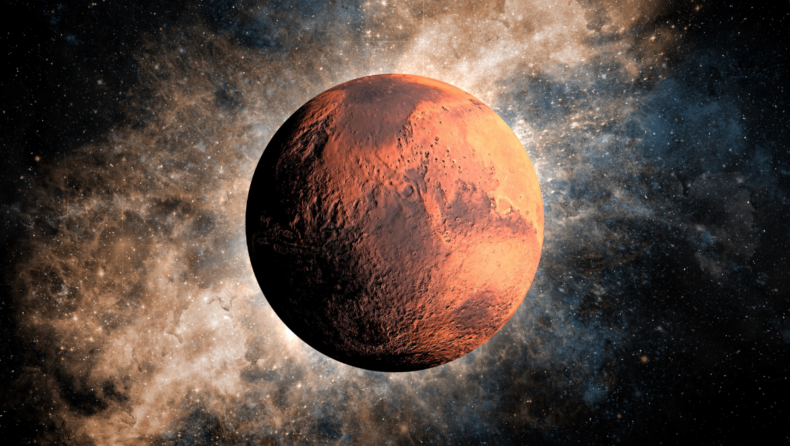The study sheds light on the past, present, and potential evolution of Earth including how it evolved to be a livable planet and how other planets in the solar system have changed over time.
The magnetic field that is created by liquid iron in the outer core of the Earth helps keep us safe. It stops the Sun’s radiation from affecting us, as well as stopping other space junk from hitting us.
The Earth’s magnetic field has always been around. But a long time ago, it was really strong (around 10x stronger than it is now).
However, right before the Cambrian explosion (the appearance of multicellular life on Earth), something changed and caused the magnetic field to bounce back to its original strength.
The Rebound of the Magnetic Field on Earth , Evolution of Earth
The revival, according to the study’s authors, occurred within a few millions of years, which is quick by geological standards. It also happened around the same time as the creation of the Earth’s solid inner core, implying that the core was probably a primary reason.
A more exact age estimate for the inner core was also obtained, along with numerous significant events in its chronology.
The study sheds light on Earth’s past, present, and potential evolution, including how it evolved to be a livable planet and how other planets in the solar system have changed over time.
One of the authors added that the inner core is of utmost significance. The magnetic field was on the verge of collapsing just as the inner core began to expand, but it was immediately recreated once the inner core began to expand.
Information buried in Primitive rocks , Evolution of Earth
The crust, which is where life is found, the mantle, which is the thickest layer of the planet, the molten outer core, and the solid inner core, which is itself made up of two inner cores: the innermost inner core and the outermost inner core, are the layers that make up the planet.
The geodynamo, a phenomenon known for generating the magnetic field on Earth, is powered by electric currents created by spinning liquid iron in the planet’s outer core.
Experts have been attempting to ascertain how Earth’s magnetic field and core have altered over our planet’s history for decades because of the correlation between the magnetic field and the core.
Due to the position and extremely high temperatures of the materials in the core, they are unable to directly detect the magnetic field.
Thanks to microscopic magnetic particles found in molten rocks, when these materials cool to a solid form, they fix the direction and strength of Earth’s magnetic field for all future generations.
Researcher’s discovery of two more critical periods in the inner core’s history of Earth
Dr. John Tarduno one of the authors of the study adds,
“Plate tectonic movements on Earth’s surface indirectly affected the inner core, and the history of these movements is imprinted deep within Earth in the inner core’s structure.”
After a near collapse 15 million years earlier, the magnetic field started to quickly replenish 550 million years ago. The development of a solid inner core, which refueled the molten outer core and strengthened the magnetic field, is what the researchers believe is responsible for the magnetic field‘s quick renewal.
The transition between the innermost and outermost inner cores occurred 450 million years ago when the structure of the expanding inner core was modified.
While plate tectonics is causing structural changes on the surface, these inner core alterations are also occurring simultaneously.
Refusing to face a red planet future
For instance, scientists think Mars previously had a magnetic field, but it disappeared, leaving the planet exposed to solar wind and without any oceans on its surface.
However, Dr. Tarduno believes that if the magnetic field had not been reinvigorated earth certainly would’ve lost far more water than it would have otherwise. For one, it would be a lot drier and look very different than it does now.
In light of this, the research highlights the significance of a magnetic shield and a process that can maintain it in terms of the evolution of planets.













